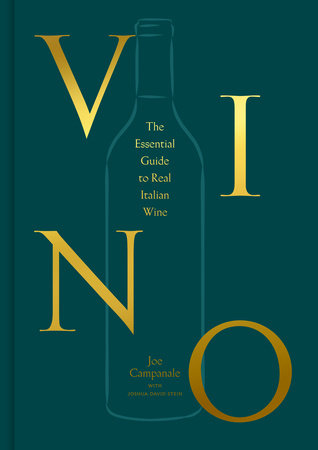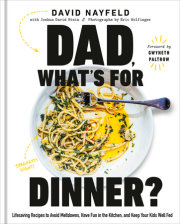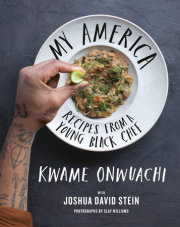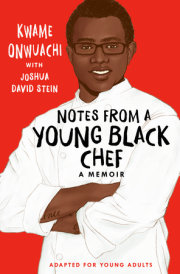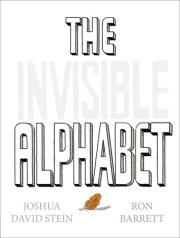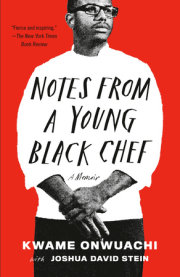Introduction“There’s never been a better time to drink Italian wine.” By this point, this line has been written so often that it has become a cliché. It may seem strange to start a new book with a cliché, but what was true when it was written by Burton Anderson in the 1980s, or by Joe Bastianich and David Lynch in their pivotal 2000 book
Vino Italiano, is still true today. That is the signal trait of evolution: constant, steady improvement.
I wrote this book to capture this particular moment in the evolution of Italian wine, and to celebrate the producers who have been responsible for pushing it forward. As you’ll see in the following pages, the coming together of a few interrelated but distinct movements has resulted in a flourishing of truly incredible Italian wines. These wines, in my opinion, deserve a new way of thinking about, or framing, Italian wine, an approach that takes what is in the bottle as just one chapter in a longer, more profound story. Thinking about wines in this way, in their cultural, geological, and human context, has profoundly deepened my enjoyment and appreciation of them.
Over my close to twenty years in the restaurant business, I’ve lived, breathed, and drunk Italian wine. I’ve built scores of Italian-focused wine lists, tasted thousands of bottles, and traveled to Italy dozens of times to meet with the country’s most fascinating and influential producers. I’ve been a forager, hunter, explorer, advocate, importer, cheerleader, and storyteller of Italian wine. Mostly, though, I’ve been a student of it. And from this vantage point, I’ve seen how Italian winemakers have fully come into their own over the past two decades. Producers first, and then later, in most cases, the markets have turned away from the pat wisdom of the international varieties, the ease of high-volume industrial viticulture, and the reliance on the traditional Italian wine pyramid as the ultimate indicator of quality. They’ve come to see the value in their own native grape varieties and have reoriented themselves to focus on how to best express the terroir of their own country, their own hometowns and hills, rather than mimicking so-called international styles of wine. I’ve seen how they have been part of a more global movement toward sustainability and minimal intervention, and I’ve tasted how the fruits of this labor more than justify it.
It’s time to reexamine what Italian wine is now and, importantly, what it could be, for both have greatly expanded. That’s the idea behind this book: to capture a true portrait of the multihued and dynamic world of contemporary Italian wine. In the first part, I lay out the essential characteristics of what I’ve looked for over the last fifteen years or so as wine director for many Italianfocused restaurants. First I deconstruct the outdated wine pyramid of DOC and DOCG, the governmental designations that have defined Italian wine for the last half century, and then explain my own rubric of quality, the Vino Vero Venn diagram. The VVV, as I call it, plots how a great wine should embody three overlapping values: native grapes, exceptional terroir, and an artisan winemaker well versed in low-intervention methods that can allow those grapes to shine. Although not every wine occupies the exact center of the Venn diagram, the center is the ideal. The VVV isn’t, perhaps, as geometrically imposing as the wine pyramid, but I have found that it is much more helpful as a tool for discovering and thinking about vino vero.
In the second part, I explore a series of exciting new trends, from pet-nats to orange wines to aged white wines and more, that have resulted from the renaissance of artisan wine in Italy.
And in the third part, the lion’s share of the book, I take you on un grande giro, embarking on an epic quest of Italy’s twenty regions, uncovering and championing the wonderful wines and producers in each. (There are wonderful wines and producers in every region, no matter how small.) In each section, we begin with the context—historical, cultural, geographical, political—that has given each region its unique character, one that is as rich and textured, as complicated and refreshing as its own inhabitants. The differences among the regions range from subtle to outstanding and have as much to do with pedology (the study of soil) as they do with the ebb and flow of ancient history. I describe the charms and characteristics of, for example, the steep hills of the Valle d’Aosta, or the near-tropical climes of Sicily, connecting how the relationship between the terrain and those who navigate it has come to shape the wines that make it into the bottle. In the second section, I showcase the grapes native to each region. (There is, of course, substantial overlap among regions.) Although the names of some of these varieties are rightfully well known, many are still almost criminally obscure. For me, some of these latter types are among the most interesting. And, finally, I visit some of the wonderful producers I’ve met over the last twenty years—many in person, some only through their wines. These men and women (and, happily, today there are more and more female producers receiving the recognition they deserve) are the beating heart of this book. It is their dedication and vision that bring forth from their hills, cliffs, valleys, and volcanic slopes vini veri. And getting to know them, at least through these pages, getting to know their stories, deepens the experience and the enjoyment of drinking their wines.
Copyright © 2022 by Joe Campanale with Joshua David Stein. All rights reserved. No part of this excerpt may be reproduced or reprinted without permission in writing from the publisher.





